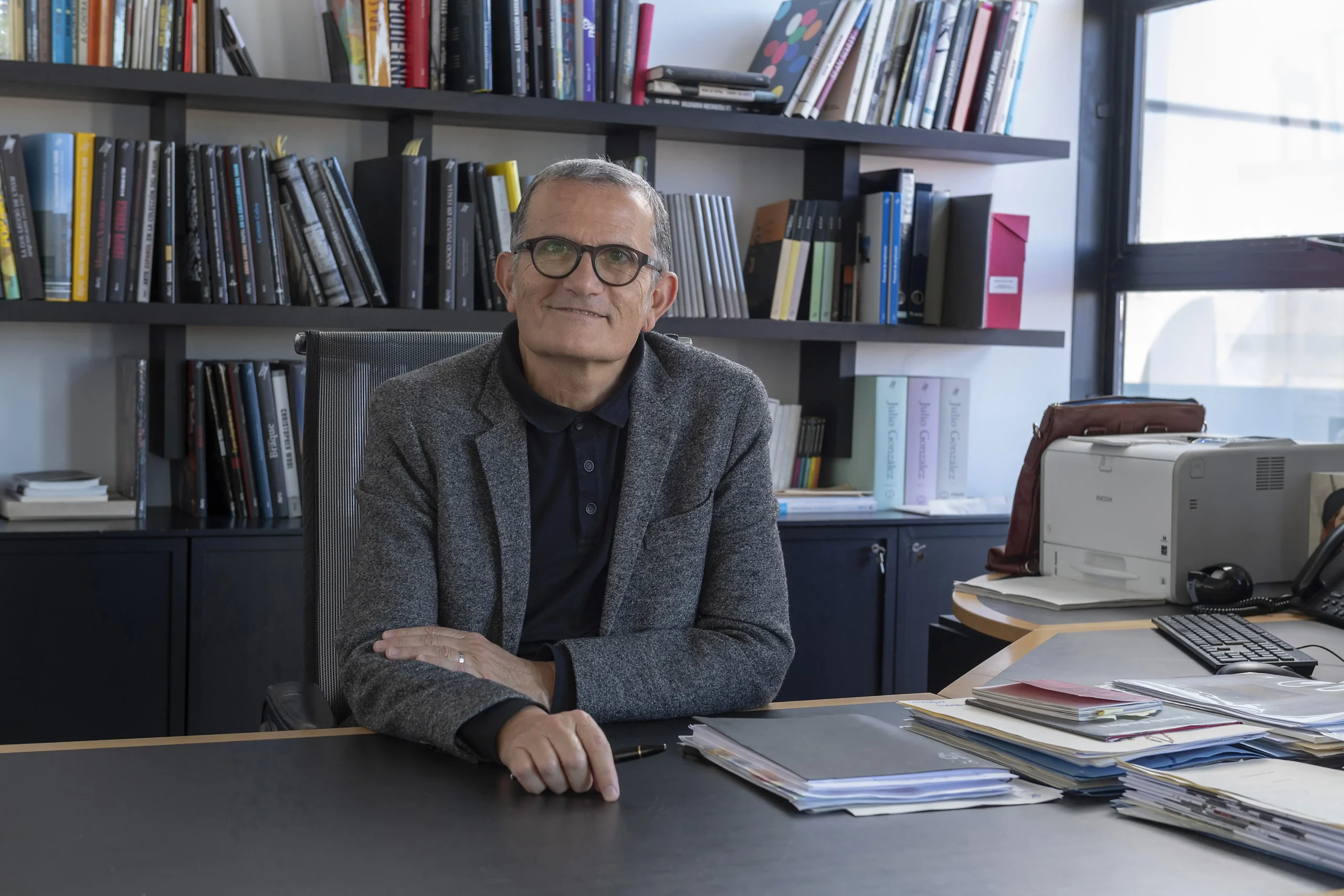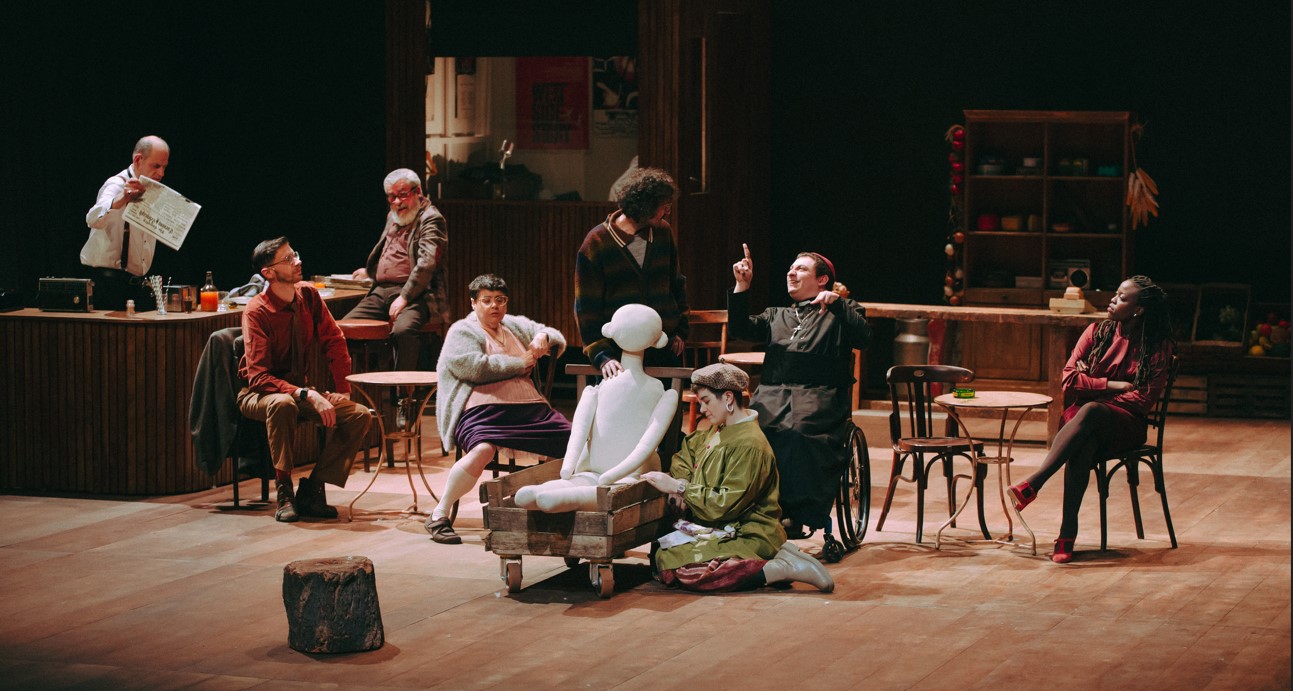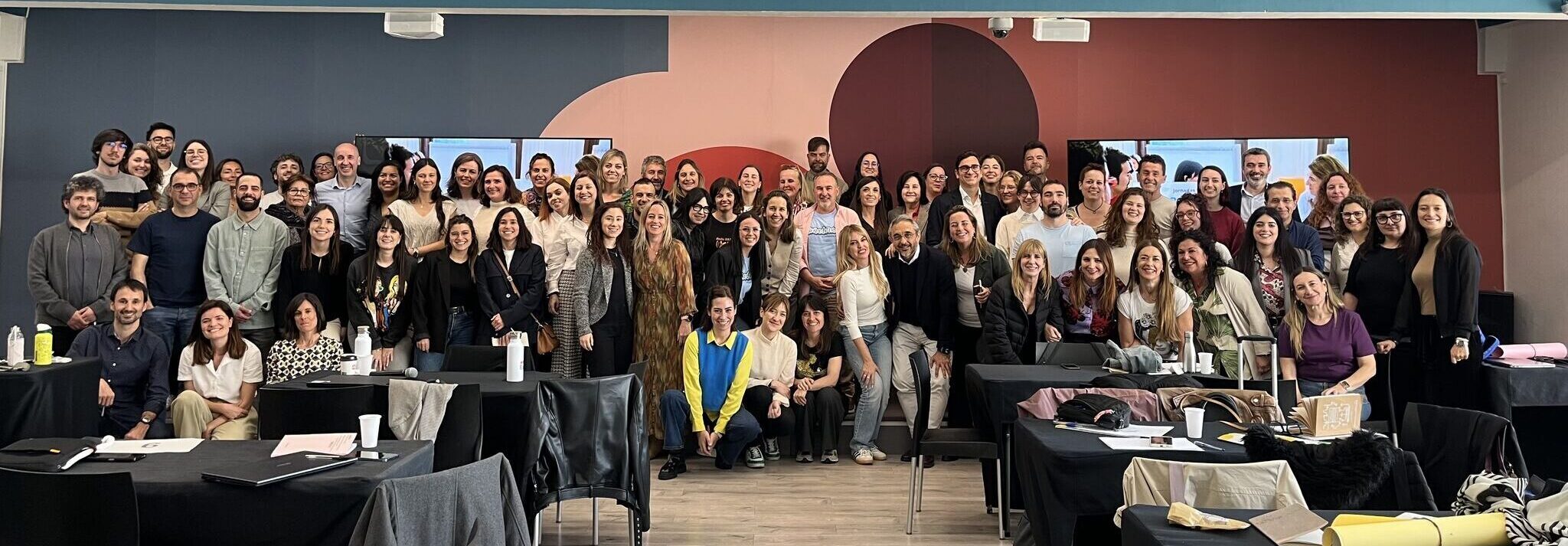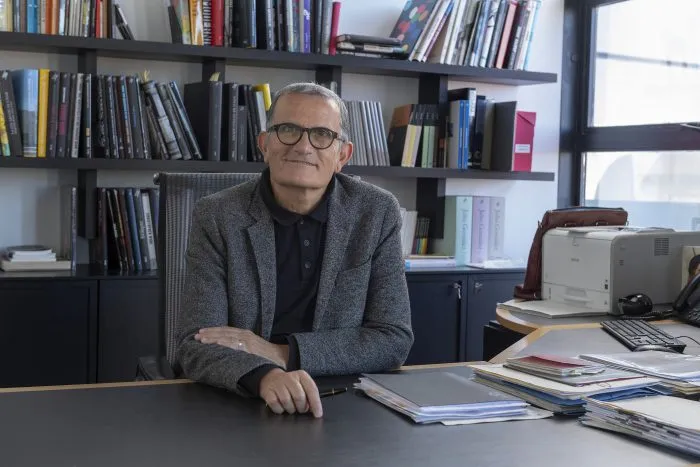
Until April 2020 you can visit the new exhibition hosted by Instituto Valenciano de Arte Moderno (IVAM) ‘TIEMPOS CONVULSOS. Historias y microhistorias en la colección del IVAM’. To find out more about the day to day openings of this institution, and particularly, this exhibition, we have spoken to the director and curator of the exhibition-José Miguel García Cortés.
As the curator of “Tiempos Convulsos” what are visitors to the exhibition going to find? It is a large exhibition, with more than 300 works distributed throughout almost 2,000 square metres which brings together the artistic creation of a group of artists, who, since the 30’s in the XX century, to date, have taken care to ensure that art offers a critical vision of its space and time. Artists who follow very different artistic techniques talk to us about History (in capital letters) and micro stories (from short stories) which make up our daily lives and help us to change them.
What does this exhibition represent? The fundamental wish is to test how a comic, a painting, a video or sculptures, artists from very different countries and generations alert us to the problems which we cannot ignore. Topics such as social or personal memory, institutional or family violence, the role of the consumer society, the importance of feminism and of the war between gender, or the reality of migration and the diaspora of our societies. All of these fill ten exhibition rooms and send us very different messages which visitors shall have to analyse, question, and also enjoy.
For those people who are not aware of what a curator does, what are the main functions of curators in an exhibition such as this one? Basically, our function is based on various fundamental aspects: firstly, weaving together a good story. I have always said that I like to tell different stories; two- to see who the artists are and their works to determine who can best help us to explain what we mean- third; organise what we could denominate as the setting of the scene for the works selected (an exhibition has to be a pleasurable walk where feelings and knowledge are heightened); fourth, putting measures in place so that the people who visit have all the clues they need to understand the project. Fifth, organise the catalogue. Sixth, contact specialist and the general press to help them share it. Seventh…
What does it mean to IVAM to be able to host an exhibition such as this one? It is a huge challenge and a huge occasion. It is a challenge which demonstrates IVAM’s capacity to organise a large exhibition in both senses of the word: large size and above all, with a wide range of content. It is an opportunity to show the richness of our funds, showing the importance of a museum collection, proving the large number of significant and important works which we own, and how we can organise them into a well-structured story which sparks enjoyment and discussion.
And as the director of this institution which will soon reach its 30th anniversary, how have you seen the contents of this institution evolve? And the evolution of visitors? At IVAM, just like in all of the museums in the world, it has had good and bad days. I think that we are currently at a fantastic moment, we have large artistic project which gives us personality and proves a particular trend which moves us away from the cultural homogenisation which reigns in the world. In order to see certain artists and visit certain projects, you have to come to the IVAM, because they can only be seen here. Increasing the number of visitors is part of a museum´s project, but not the most important or the most significant. Famous artworks, books, films and plays have not been, throughout history, the most visited or the most read. Art and culture must be valued based on aspects that are not just quantitative, yet also aspects related to quality and opportunity.
Are there any wishes you would like to be granted for the 30th anniversary? For IVAM to be, as it is now, a benchmark museum in Spain and in southern Europe to understand art and culture of the times. And personally, for the future generations to value our work as a means of support to help the museum to consolidate itself as an important museum in the XXI century.



